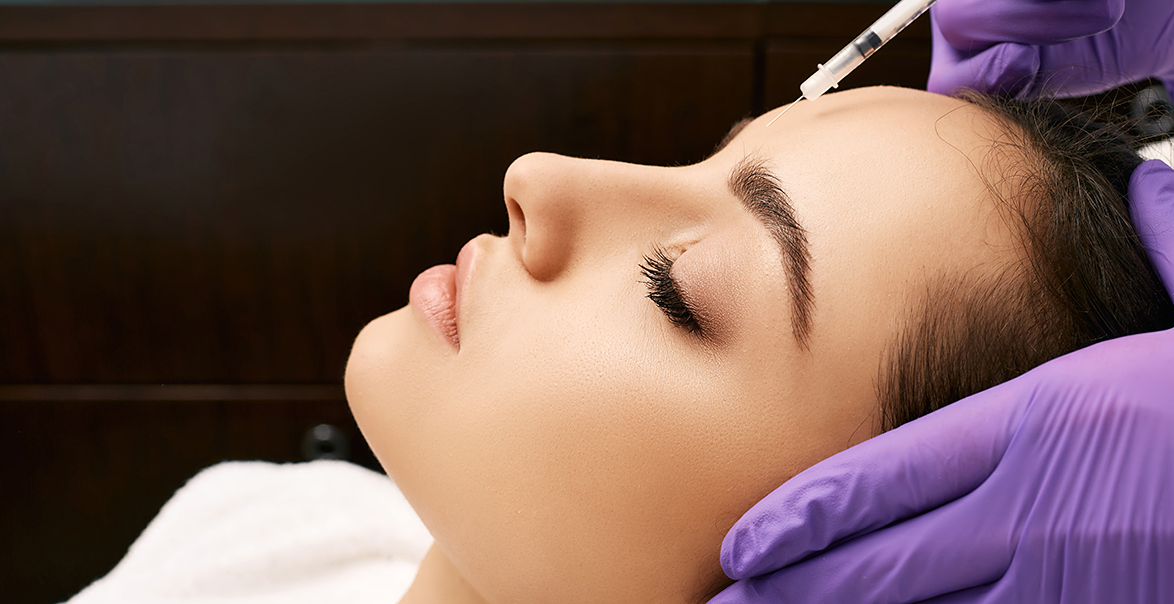Why NIMA Is The Best School for Makeup Artist
Looking for the best school for makeup artist? NIMA has the finest training and experience to help you be your greatest. Professional makeup artists are required in each sector that…
Looking for the best school for makeup artist? NIMA has the finest training and experience to help you be your greatest. Professional makeup artists are required in each sector that…

NIMA is the school to choose if you want to gain practical experience with microblading. Learn how to provide your clients with the "Wow" effect. Learn how to create dramatic…

Laser hair removal is appealing to those who want a more permanent solution to hair reduction than other technologies. Hair removal using lasers involves preventing new follicles from generating in…
Only a few skilled, highly trained experts can claim to be experts in the art of makeup application, despite the fact that many people apply cosmetics as part of their…
These days, laser technicians are in high demand, and it's difficult not to understand why. Tattoo removals, facial treatments, and laser hair removal are examples of procedures that rely on…
If you're considering a career in cosmetic waxing, the first thing you should know is what estheticians do to give safe and skilled service to your clients. Waxing classes are…
How to become a medical esthetician? Where do you start? Well, first things first, he or she may pursue cosmetology certification or a similar training program. A person who's interested…

If you're reading this, you might be wondering how much does CoolSculpting cost and what it is? Can it really help with weight loss? What should you expect for the…

Botox would undoubtedly win a popularity contest for cosmetic treatments. It's one of the most popular non-invasive plastic surgery procedures in the world. So why not consider getting a botox…
When searching for esthetician schools in Las Vegas, there is no need to look further than Nima's offerings. It is the finest institution that has offered courses to teach you…